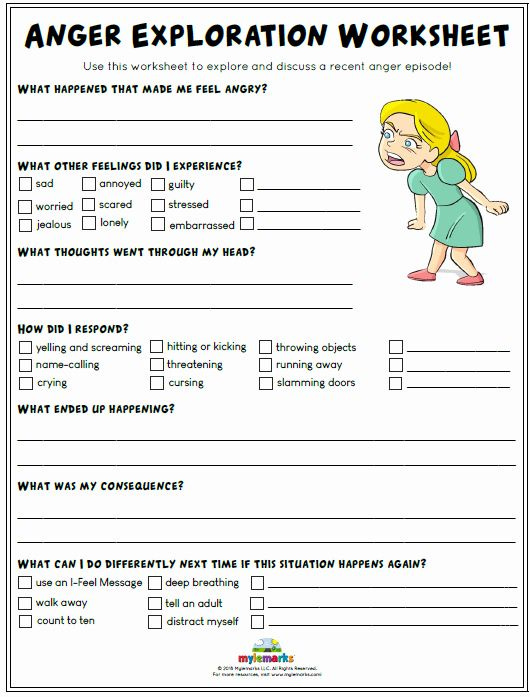Taming the anger monster
What most of us struggle with are ways to control and express anger. So how can we express anger in a healthy way?

11-year-old Daksh wants to play football but it starts raining. He feels upset which gets accelerated into anger. As a result he starts stomping his feet and refuses to listen to anyone.
The emotion Daksh is experiencing is anger. However, he is unable to communicate it which is what is making him angrier. What he needs right now is for someone to understand how he is feeling and help him come up with a solution.
Which brings us to the question, How can we get children to express anger in a healthy way?
1. Identify anger triggers- Have a conversation with the child about what makes them angry. This will help them prepare an anger management plan in advance. Once they have a plan it will help them feel in control of the situation.

2. Name it- Children are able to express better when they name things. Use the emotions wheel to help them name how they are feeling. Read this article to understand how to name emotions.

3. Develop warning signs- Explain to your child that their body shows signs of anger even before they act on it. Help them recognize how each part of their body feels when they get angry. Use this worksheet to guide them, For example, “ My hands form a fist and my head becomes hot when I feel angry.” Becoming aware is the first step to taming anger.

4. Use a spectrum- Children understand the concept of shape, size and they love playing games. Let’s combine the two. Ask them, “I see you are feeling angry, are you as angry as an eraser or is it as big as a car?” This will help them see anger as something tangible and make them self aware. Use fun words like a fireball to help them shape their anger.

5. Anger management strategies- Let them calm themselves down through art, running around, or breathing exercises. Sometimes when a child is angry all they need is for someone to listen. Let them rant for a while and then come up with solutions together. You can use the Kelso wheel to give them options too.

6. Model calmness- Anger is contagious. So if you lose your temper easily and start shouting, chances are your child is doing the same. Suppose you have a meeting and your phone stops working. Instead of being frustrated say, “ My phone stopped working and I have a meeting. I am feeling angry but for now I am going to borrow a phone from someone else.” Once a child sees you naming your emotion and coming up with a solution, they will try to replicate it.
7. Don’t shout- Sometimes when we deal with a child’s anger we get angry ourselves and start shouting. This confuses a child more. Set a rule that we will try to solve problems calmly instead of getting frustrated. In case you find yourself in an argument, tell the child “I am feeling extremely angry right now so I need a time out for a while.” Leave calmly and come back when you feel cooler. If the child starts kicking and shouting, let them do it for a while. With time they will realize that you will only talk about the problem when they are calm and in control.
8. Celebrate progress- Acknowledge the times they manage their anger. Even if they control it for the first five minutes help them see that. Once a child sees their progress they will want to work towards improving themselves even more. Use this anger journal page to keep track.

Remember, like all emotions anger is an important emotion too. It’s okay to feel angry, what’s not okay is to let anger take charge of you. If children learn to manage anger from the start, they become conscious and aware adults in the future. They understand that their actions and words have consequences. This will help them reflect and become compassionate and calm human beings.
(Note: All the images are printable. Just click on the images to download and print them.)




I love your materials. Please consider making it more interactive for the younger child. With the storm starters (clouds) it would be good if the younger child could color the clouds that fits their feelings. Or have an empty cloud where feeling can be added.
Once more, hitting the nail with a broken down way to tackle anger issues in kids. :)